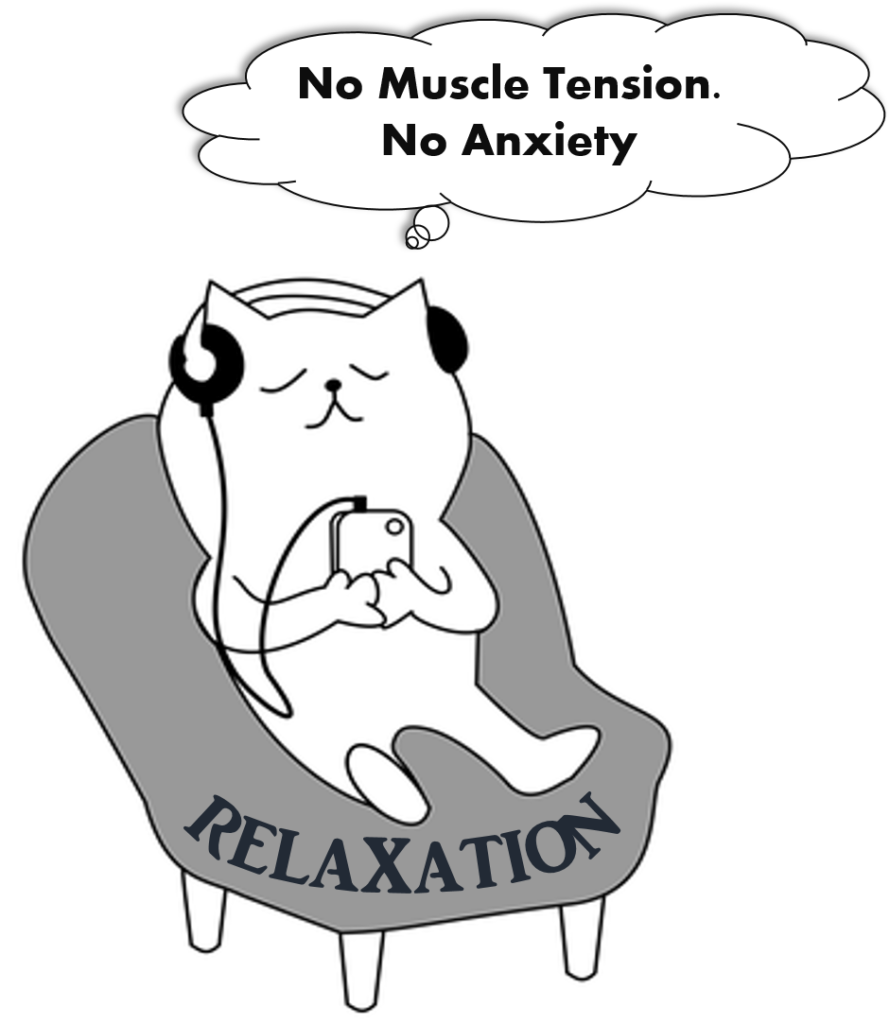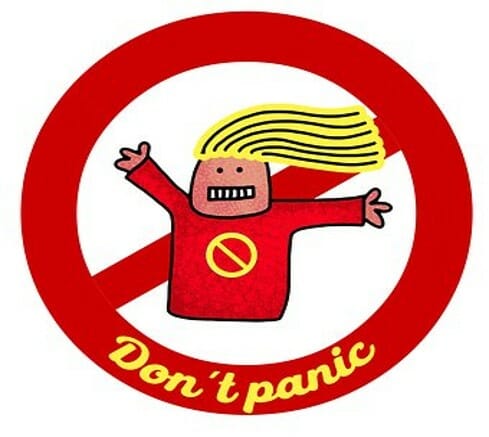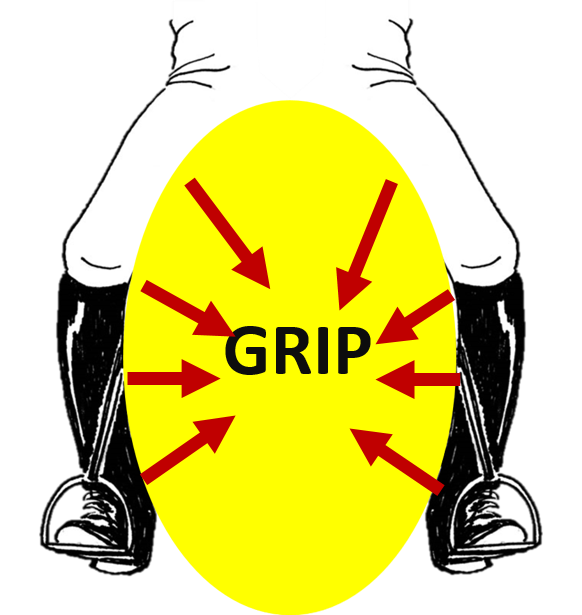Back to: Therapeutic Riding Instructor
A Coach must work with their student to discover their level of anxiety and help them to control and overcome it. Coaches should be aware of what motivates people to ride; young riders need more drill-type exercises and games; adults need a more specialized approach depending on their goals.
Training objectives-Student
- Relaxation: the coach must be able to assess levels of anxiety and prevent tension in the rider.
- Suppleness: this along with muscle control is linked to relaxation.
- Balance: the student’s ability to remain in equilibrium with the horse.
- Leg contact: the better the rider’s balance, the less they will rely on the grip.
Methods for assessing anxiety

- Observation & student’s body language.
- Speak to the student.
- Encourage self-monitoring.
Preventing tension and anxiety
- Use a quiet trained horse
- As a coach, be in control at all times
- Keep all activities at the student’s level
- Encourage & reassure the student

Balance

Balance is the student’s ability to remain in equilibrium with the moving mass and force the horse will produce.
Centrifugal Force, in turns and circles, will be considerable at the canter.
Suppleness
Suppleness along with muscular control of the body will be linked to relaxation.
The suppleness of the shoulder and elbow joint is important so that the student is able to keep hands still and independent from other body movements.
Suppleness in the ankle helps absorb movement and shock while riding a horse.

Leg Contact

A student will use grip in moments of; effort and moments of stress.
The better the rider’s balance, the less the rider will be reliant on grip.
Since there is a need to give the horse, “signals” or “aids”, usually with the lower leg, the rider must not use the leg only to grip.